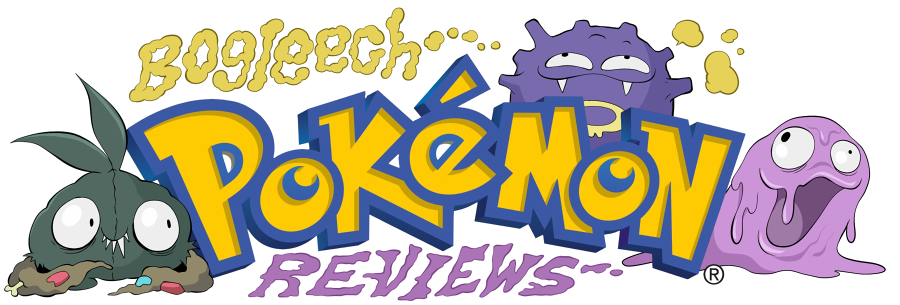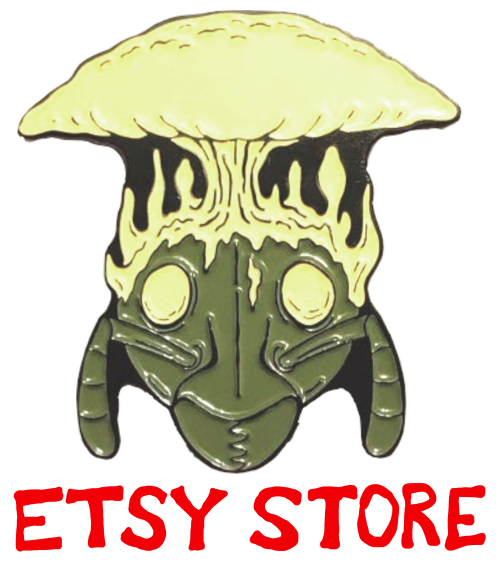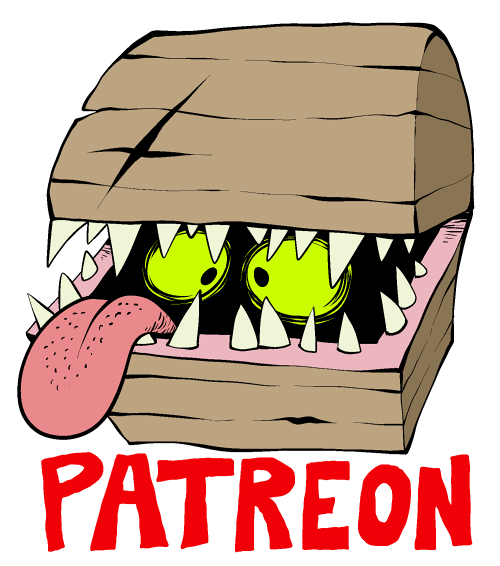

Omanyte and Omastar
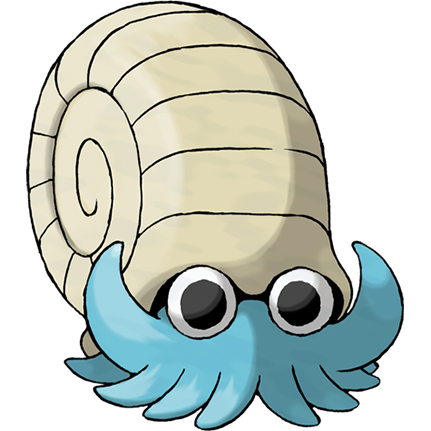
At long last, we arrive at the first of the beloved fossil pokemon, creatures you could literally bring to life from ancient, fossilized samples. The most fascinating thing about these prehistoric beasts is that every one of them are half rock-type, and while some of them could have been natural rock pokemon all along, but I'm pretty sure it's really meant to reflect the fact that they were revived from petrified remains.
Another really cool thing about the fossils is that the first two fossil lines in the franchise represent ancient, marine invertebrates, rather than more obvious dinosaurs. It makes sense, seeing as how so many living pokemon are dinosaur-like anyway.
So, Omanyte is obviously an ammonite, the shelled cephalopods that for eons dominated our oceans. Omanyte is fairly simple, but like most simpler pokemon designs, that's part of what makes it so cute. Any kid can draw Omanyte.
Another really cool thing about the fossils is that the first two fossil lines in the franchise represent ancient, marine invertebrates, rather than more obvious dinosaurs. It makes sense, seeing as how so many living pokemon are dinosaur-like anyway.
So, Omanyte is obviously an ammonite, the shelled cephalopods that for eons dominated our oceans. Omanyte is fairly simple, but like most simpler pokemon designs, that's part of what makes it so cute. Any kid can draw Omanyte.
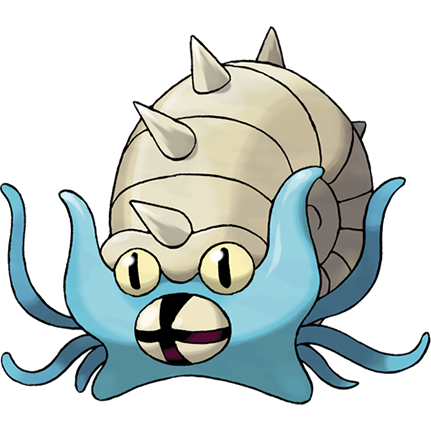
At level forty, Omanyte evolves into Omastar, which is one cool looking mollusk. It was weird, yellow eyeballs, a four-part beak, multiple thin tentacles and four thicker appendages giving it an almost humanoid stance. That's all so neat!
Omastar also boasts some very nice dex entries, which say it preys primarily on Shellder by cracking through their shell and sucking out their innards. However, Omastar's own shell is said to grow too large, heavy and cumbersome for the animal to even move very easily, and they tend to only eat what comes within reach, which is theorized to be a major factor in their extinction.
Omastar is the only cephalopod in the first generation, but it was a fine choice. I'm so glad it has such an appropriately alien face; you never do know when a pokemon is just gonna get a Goku face slapped on it.
Omastar also boasts some very nice dex entries, which say it preys primarily on Shellder by cracking through their shell and sucking out their innards. However, Omastar's own shell is said to grow too large, heavy and cumbersome for the animal to even move very easily, and they tend to only eat what comes within reach, which is theorized to be a major factor in their extinction.
Omastar is the only cephalopod in the first generation, but it was a fine choice. I'm so glad it has such an appropriately alien face; you never do know when a pokemon is just gonna get a Goku face slapped on it.

A wonderful nautiloid monster!
